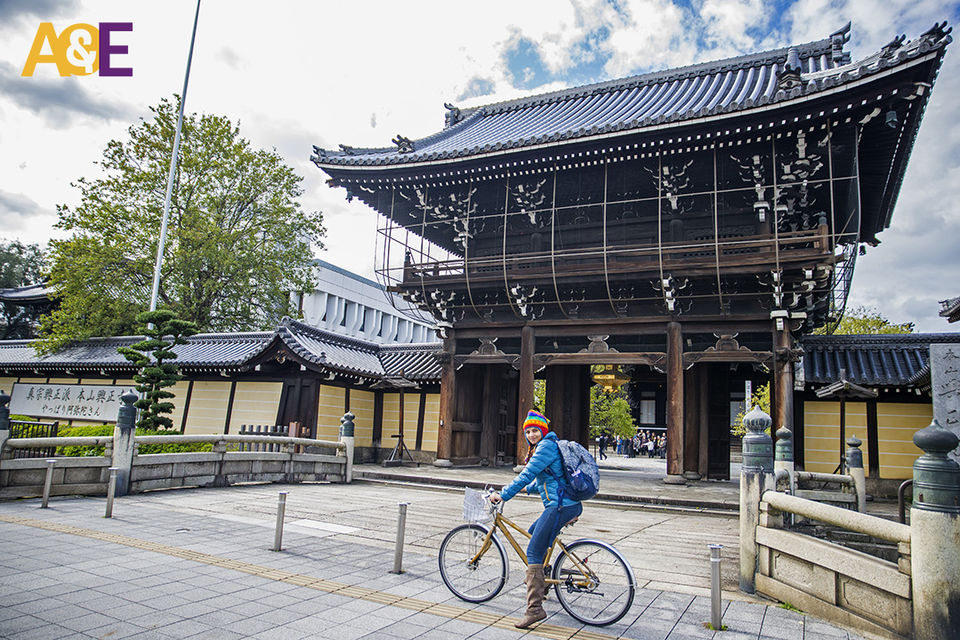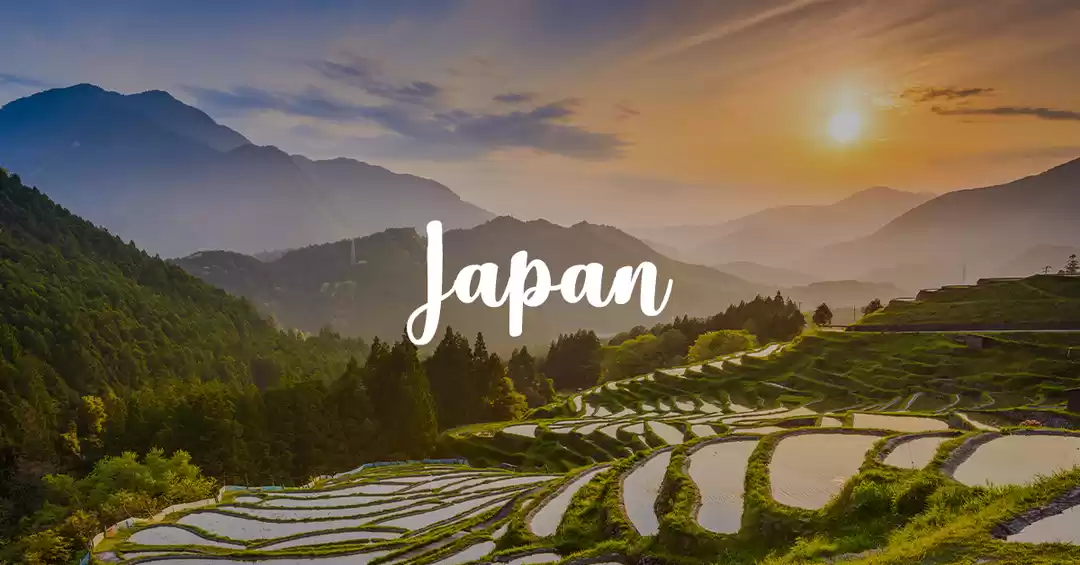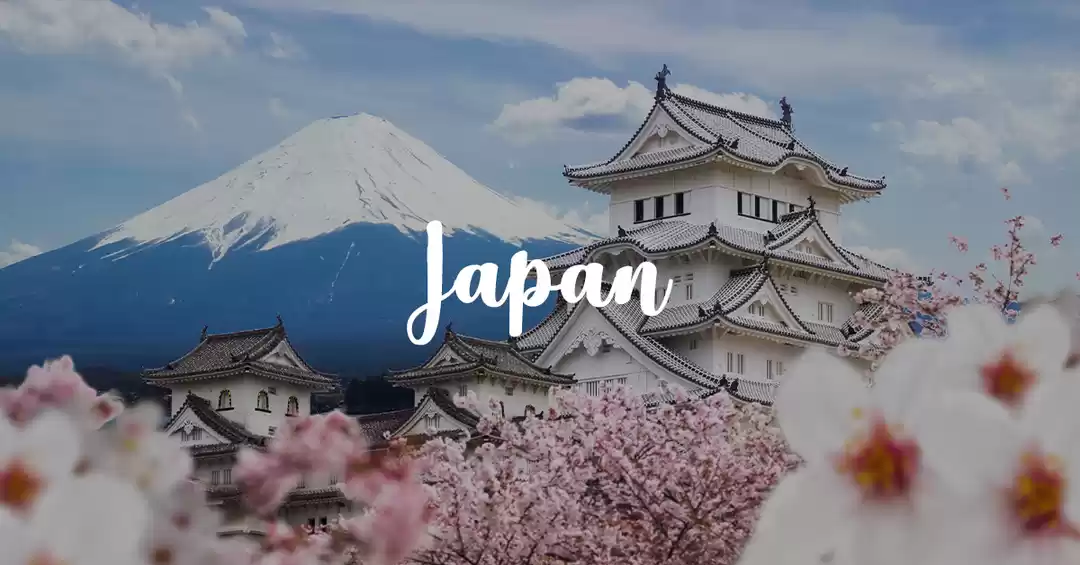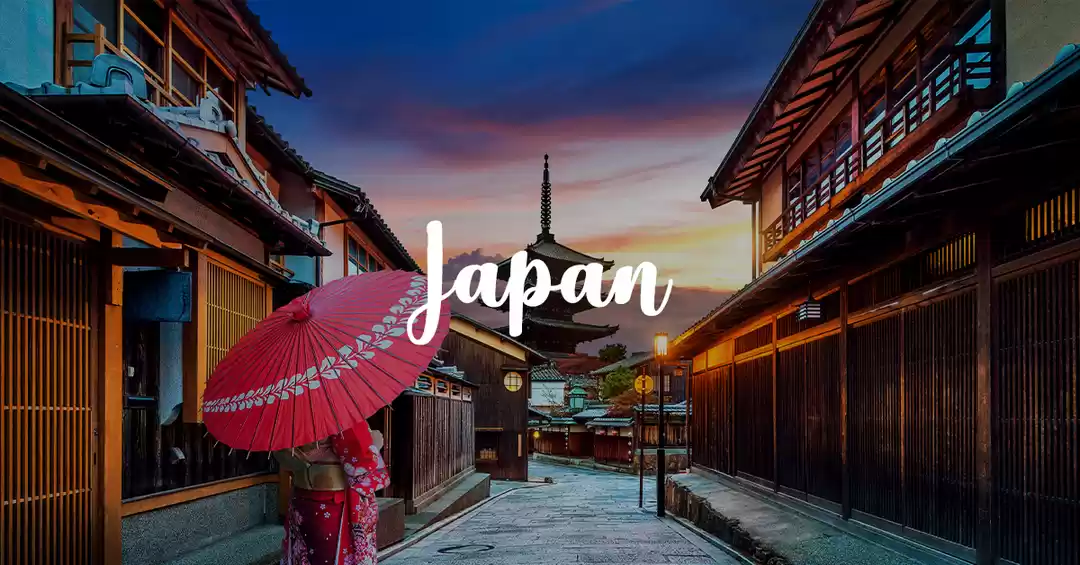

‘Arigatou’, as they say, is not just a word here, it shapes your character. While in Japan, this word will be the most important part of your vocabulary and every person you meet, greet or just gesture to, will find a way to say this word to you. And every time you hear this word, a little bit inside you changes. It makes you a little more appreciative, a little more receptive, a little humbler and a little more human. ‘Arigatou’ simply means ‘Thank You’. Through the course of this blog, small and sometimes irrelevant encounters will reveal the power of a simple word.
Japan was never, for me, on the top 10 list of countries that I had intended to visit. It was there on the list, but I hadn’t given it a number yet. But as fate would have it, we zeroed in on Japan for October.
We had booked a small apartment in Shinjuku-ku. We took the train there and walked the last few hundred metres.
“Can you tell me how to get to this address?”
“This is close by, let me walk you to it”
“Please don’t trouble yourself. Just show us the way and we’ll manage”
He kept on walking ahead of us anyway. Pointed us towards our apartment. Before we could thank you, he bowed his head. “Arigatou”, he smiled. “Arigatou”, we bowed back.
The Japanese are the masters of fitting everything perfectly into a tight space. There was a washing machine, a clothes rack, a wardrobe, a kitchen sink, a couch, a coffee table in an area that was small even by a cramped city standard. But you couldn’t find a single thing out of place and it made perfect use of every space. Japan outdoes everyone when it comes to toilet seats. Push of a button and the seat is warm for you to sit. Water jet can be synced to the music on your phone. The last bit might not be true but with the Japanese, you never know.
My first impression of the Japanese, apart from the fact that they are very organised, was that they don’t talk much on public transport. The phones are always on silent. The trains are crowded during office hours but there’s no sound of chatter. Are the Japanese a cold lot? Far from it, I would say.
We had got a Japan Rail Pass before landing in Japan. It allows you to travel on all trains managed by Japan Rail barring a few. It sounded a bit expensive but when I looked at the rates of the tickets here, I was happy that I got the pass. I had heard a lot about Shinjuku and Shibuya, the Golden Gai and the iconic crossing so we left early to just walk around the area and explore. The Golden Gai is a series of small alleys with even smaller bars. Bars that can sit 4-5 people at a go. Since the place is small, most of the bars levy what is known as ‘otoshidai’ which loosely translates into a seating charge. Most of the local bars here in Japan do charge a seating charge but it is very minimal. Tipping in Japan is considered to be inappropriate so you would never mind paying that minimal amount as seating charge. Though these bars at Golden Gai aren’t exactly the izakayas (local Japanese bars) which have more Japanese flavour to it and a lot more food choices. This area is typically filled with backpackers and tourists who have read about the charm of Golden Gai.
My main interest wasn’t the Golden Gai but ‘Omoide Yokocho’, infamously called the Piss Alley. The izakayas here are crammed together but they usually have 2 floors which makes sitting much more comfortable. I ordered some pork liver skewers and an intestine soup along with Sapporo, the famous Japanese beer. Shefali just munched on the side salad that we had got while I filled my mouth with all sorts of pig parts. She would have none that was mentioned in the menu but was fine with the beer along with the occasionally awkward smiles. We did have a great time though decoding the conversations and watching the quiet Japanese get loud and get drunk.
That night I noticed the other side of Japanese. They love their drinks, their food and their karaoke. People got shit drunk. So much so that one in every compartment of the train would fall from his/her seat. What remained was the manner of calm. Even while taking a tumble, they remained quiet and never really forgot to queue up.
We got the first taste of the Shinkansen (bullet train) on the very next day as we prepared for an early morning departure to Karuizawa. The place was around 180 odd kilometres from Tokyo and we made it there in under 2 hours. It was windy and chilly in Karuizawa and Autumn was in full swing. The locals come here to enjoy the onsen retreats. ‘Onsens’ are Japanese hot springs where you can soak in. Most of the onsens are owned by resorts where you either stay or pay to use the onsen. Traditionally, you need to be naked to enter into an onsen and only a select few allow a bath suit. The idea is to keep the onsen clean. But this wasn’t what we were here in Karuizawa for. Our interest was a pristine waterfall and a beautiful pond.
Karuizawa is a small town in the Nagano Prefecture. Well, small in comparison to other cities of Japan. There are hardly any high rises and the roads are lined up with beautiful two-storied buildings. The footpaths are lined up with trees that bore various colours of Autumn.

We decided to take a walk down to the pond as it was just around 2 kilometres from the station. The roads were empty so I decided to take a picture and positioned myself in the middle of the road. I ended up taking a few before I was interrupted by a hissing sound. I turned around and saw a big bus right at my back. They don’t honk unless it’s an emergency so they use this sort of air hissing. I thought to myself that the driver was going to curse me. I quickly moved away and before I could say sorry, the driver smiled at me, bowed his head and guess what!
“Arigatou”
I was appalled since I was at fault here. “Japs are crazy!”, I thought.
The last mile leading to the pond was, for lack of a better adjective, mesmerising. I had never seen the beauty of Autumn and here I was, surrounded by tall tress with different shades of yellow and red. Small holiday homes and cafes dotted the way. However, the most insane part of it was the area of the pond. I had never seen so many colours in a place ever before. The pond was surrounded by different trees and their colours would reflect on the water of the pond. Surreal, I would say, would be the right word for it.

We got back to Tokyo and headed straight for a ramen shop close to our apartment. Ah! The steamy bowl of ramen was one brilliant way to end the day.
One of the prime focus of this trip was to go to Hokkaido, the northernmost island. Though it's very popular with the locals for skiing, the footfall of tourists is quite low as compared to the other islands. In Shinkansen, you have to reserve your tickets or else you’ll need to travel in an unreserved car which means you might not get any seat. So while reserving our seats for Kyoto that morning, we also booked our tickets for Asahikawa in Hokkaido. We had to change 3 trains to get there so the lady in the booking office gave us three different tickets.
Shefali and I looked at each other when she gave us our tickets. The changeover gave us only 10 or 15 minutes in between de-boarding and boarding a new train. Yes, we knew Japanese trains are punctual but for a distance of 1300 kilometres we were a bit sceptical. We asked the lady to change the tickets and give more time during the interchange. She smiled and said, “Don’t worry. You’ll make it. Arigatou.”
Kyoto is an out and out tourist destination. It deserves to be one with all the old temples, castles and the the famed Geisha district. The train station is huge and it would take you a while to navigate it. We rented bicycles for a day to explore Kyoto. You can’t explore Kyoto in a day or for that matter in two days. So we chose what we wanted to explore and the place where we rented our bicycles gave us some good inputs. It was lovely bicycling around Kyoto with just the uphill ride to Kiyomizu-dera temple a bit of an ask. Geishas went around in their colourful attire while the joggers owned the banks of the river. My favourite was the Nijo Castle with exquisite woodwork. The upkeep of it is really commendable. We had the chance of window shopping katanas (Japanese samurai swords). Man they are a work of art! In the end, I did lose a few yens at the parking lot where I couldn’t unlock my bicycle and had to pay twice.
Next morning, the Hayabusa Shinkansen took us till Hakodate and there we climbed aboard a limited express to Sapporo. This is the most scenic train journey that I had ever taken. Through Autumn foliage the train took the scenic route covering lakes, seaside and mountains. I opened a can of beer (yes you can drink inside the trains here) and just watched the sea on one side and the mountains on the other. There could not have been a better start to our Hokkaido trip. And the trains, all of them, were punctual by the second.
We took the last train from Sapporo (the capital of Hokkaido) to Asahikawa and from there we took a bus to Higashikawa. The buses are numbered here for convenience, so you really need to know on which route does your destination lie. After we boarded the bus, we had no clue on which bus stand in Higashikawa we had to get off. There were many school kids in our bus. Japanese school children do go home late since they stay back after school for their various clubs. Shefali asked one of the girls about our address and as it turned out, she too was headed close to somewhere there. But there was more to this girl.
She got off with us and we thanked her but she went a step further to walk us to our destination. We had booked a small cottage behind a coffee house (same owner).
“She came to drop us all the way from the stop”
“She doesn’t get off here. She gets off one stop earlier. She just wanted to help you guys.”
“How will she go home. It’s quite late.”
“Her father is here. She had called him from the bus that she’s helping you to your address.”
Enters her father.
“Hello Sir. Your daughter is such a caring girl.”
He smiles and she does too. “Arigatou Gozaimasu”. We repeat, bowing our heads.
Higashikawa is a small town on the periphery of the Daisetsuzan National Park, the largest in Japan (that’s what we are here for and the thinner crowd). Only 8000 people live in this town. There’s just one restaurant for each kind of cuisine, totalling to about 4-5. There are 2 izakayas for the local to enjoy sake and shochu. The shops, restaurants or coffee houses here have very short opening times. It’s all very relaxed here. With the winter around the corner, firewood pile-up and things will get more relaxed. It snows quite a lot here. So much so that if you don’t shovel them out from near your windows, the pressure may break the glasses.
We had a cosy room with gas heaters, wooden flooring, big windows and a whole lot of black coffee, all brewed in-house.
Waffles were on the house when we woke up the next morning. It was indeed a good start before we went out for some hiking in Daisetsuzan National Park. We were warned not to hike up to Mt. Asahidake as 4 people had gone missing during a snowstorm. Yes, a snowstorm in October.
We took a bus that takes you up to the base station from where it is connected to the top station by an exciting cable car ride. There are many onsens here. And Higashikawa/Asahidake was just one of the many entrances to this park that is littered with onsen resorts in its periphery. We were given a small briefing of the area and were warned not to tread too far as the path was quite slippery.
All was white as we stepped out onto the trail and Mt. Asahidake was basking in the morning sun. And yes it was slippery but we managed to keep ourselves firm. The ponds here had frozen and the shrubs were barely keeping up with the rising snow. The constant sight of Mt. Asahidake with all its geysers kept us going. The altitude wasn’t much considering the fact that we have the Himalayas here, but the snow cover was way too cool. I went up to the Sugatami Pond and hiked up a bit near the mountain. The pictures will do more justice than words here.

I was browsing through the shelves of 7/11 for dinner and waited at every rack to read up close what was written (There are so many choices of what you can eat here in Japan). I noticed someone following me. I turned by head to see this little boy waiting for me to get out of the way so that he can get to the billing counter to get his items billed. I was standing in his way but he didn’t ask me to move. Maybe that’s what is followed here. Maybe it’s rude to ask for some space. Maybe its understood that everyone will move eventually.
“Gomen'nasai”
“I am sorry.”, I said. Please go ahead.”
“Arigatou Gozaimasu”
He said sorry that I had to move. Can you believe this guy! I have never felt so humbled in my life. I was blocking his way. I should have said sorry first. Something inside me just wanted to scream out and remain silent at the same time. “I cannot take so much humility. It will take me another lifetime to be this humble.” The thought kept popping up throughout my trip. When something happens to you again and again you realise that you can be so much better, you can learn so much about being polite. The world literally changes when you add a bit of politeness in you. Anger then, is almost, always at bay. You keep your cool, smile and the world is already a better place.
We hung around for a few days in Higashikawa – walking, visiting local markets and the zoo. The small town became familiar. We noticed how cars would stop at a traffic light at midnight with literally no cars around. The restaurants here made you feel happy, cosy and are truly welcoming. This cold chilly town in October has some of the warmest people I have met.
We took the train back to Tokyo. But since it was an early morning departure, there were no buses available. We had to settle for a taxi. Damn those are pricey.
Japanese trains mean business. Not only the bullet trains, but the metro rail as well. They arrive precisely when they are meant to arrive at every station. They put up a delay certificate in case of any technical glitch or in case someone has jumped in front of the train. Shinkansen is a different breed altogether. You feel like you are inside an aircraft with its large and comfortable, push-back seats and its snack and beer service. There’s silence for you to read your book or just glance at the towns as you whizz past them. And rains made the trips even better. The droplets on the window left no marks as they rolled down. At 300 km/hr, they had no chance of stopping to say hello. The dark grey skies added extra drama to the green fields in the villages and competing skyscrapers in the cities.
Needless to say that the last day in Tokyo was spent sampling from a variety of pushing-the-edge food and enjoying our last metro rides. We sat down in an izakaya and ordered our last of beers and food. The table close to us sat 3 childhood friends. It all started with a polaroid photo. We chatted and they were quite surprised that we had gone to Hokkaido. While leaving, one of them (the sloshed one) gifted us a 10,000 yen note. We refused to accept it but he just didn’t listen. I took it and gave it to his sober friend. He took it and gave it back to us. He said, “He’s a dentist. Makes a lot of money. You are our friends and we are buying you drinks.” I had no choice but to take it. Though we spent it all and got pretty drunk ourselves. Best use of gift money I must say.
“Arigatou” – It kept ringing in my ears long after I had left. At every moment I was made to think, “Is such humility even necessary?” I couldn’t think of a ‘no’. I mean why shouldn’t one be humble. And it doesn’t take a lot. Some nice gestures like standing in a queue, respecting the fact that public places belong to everyone out there and two simple, polite words - “Sorry” & “Thank You”. Japan, in the end, changes something inside you.



















